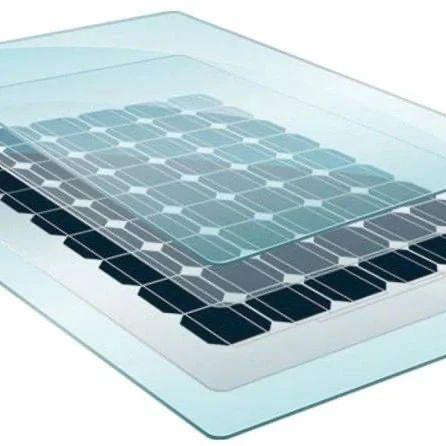Understanding the dynamics of tempered glass sheet pricing can significantly affect both consumer decision-making and business strategy. One might wonder why the prices for tempered glass sheets vary so widely and what factors contribute to these differences. This exploration aims to dissect the tempered glass market, offering insights grounded in real experiences, professional expertise, and authoritative data to provide a trustworthy guide.

Tempered glass, known for its strength and safety features, is ubiquitous in both consumer products and architectural applications. Its demand is rising, but pricing remains a complex equation influenced by multiple factors, including material costs, manufacturing processes, distribution logistics, and market demands.
First, material costs play an integral role in pricing. The core component of tempered glass is silica sand, which, along with other raw materials like soda ash and limestone, forms the glass substrate. Fluctuations in the cost of these raw materials can directly affect the final price of tempered glass sheets. For instance, any disruptions in the supply chain for silica sand, whether caused by geopolitical tensions or environmental regulations, could lead to price alterations.

The manufacturing process of tempered glass is another critical factor. This glass undergoes a heating and rapid cooling process, enhancing its durability and safety. The technology used, the energy consumption during production, and the precision in manufacturing impact pricing. Factories with advanced machinery and more efficient processes can produce higher-quality glass at competitive rates. Conversely, manufacturers in regions with high energy costs might charge more to cover these expenses.
Logistics and distribution also heavily influence tempered glass pricing. Shipping large, fragile glass sheets involve specific packaging and transportation considerations, contributing to overall expenses. Transportation routes, fuel costs, and import/export tariffs can all cause price fluctuations. Suppliers who optimize their logistics through strategic partnerships often provide more stable pricing structures.
Demand, driven by both seasonal fluctuations and macroeconomic trends, affects how tempered glass is priced. During construction booms or periods of high consumer electronics demand, prices may climb due to the increased need for tempered glass. Conversely, economic slowdowns can lead to reduced demand and subsequent price drops as suppliers attempt to stimulate purchases.
tempered glass sheet price
Market competition is another determinant. With a myriad of manufacturers globally, competitive pricing can become fierce. Some companies might lower prices significantly to increase market share, impacting the overall price landscape. However, this can lead to concerns regarding quality, as excessively low prices might indicate cost-cutting measures in material quality or production standards.
For businesses and consumers aiming to purchase tempered glass sheets, considering these factors is critical. Buyers benefit from being well-informed, distinguishing between short-term price drops and genuine market value based on objective criteria. Engaging with reputable suppliers who offer certifications and guarantees can also assure product quality and justify pricing.
Professional expertise suggests regularly monitoring industry reports for updates on raw material availability, technological advancements, and economic indicators to better predict price trends. Partnering with suppliers who demonstrate transparency and reliability can also mitigate risks associated with price volatility.
Finally, authority in this domain emerges from manufacturers and suppliers who consistently provide high-quality tempered glass while maintaining ethical practices. Buyers prioritize companies with proven track records for delivering products that meet regulatory standards and contribute to sustainable development.
The price of tempered glass sheets is not merely a reflection of production costs but a complex interplay of multiple market factors. Understanding this landscape, fortified by expertise and credible sources, enables a robust approach to purchasing decisions and strategic planning. With this knowledge, consumers and businesses can make informed choices that align with their specific needs and economic perspectives.



